
Among the ‘stans of Central Asia, Kyrgyzstan is something of an outlier. Remote and mountainous, the tiny republic is home to the region’s only parliamentary democracy and a vibrant civil society. Not once, but twice, its people have taken to the streets to force out their rulers—a considerable exception in a part of the world dominated by iron-fisted, post-Soviet apparatchiks.
Yet Kyrgyzstan is also a microcosm of Central Asia as a whole. A significant proportion of its impoverished population ekes out a living as migrant labor abroad. The rusted traces of a Soviet past line its cities and towns, while Moscow’s long history of gerrymandering borders and resettling whole communities gives it a complex, volatile ethnic make-up. Tensions between ethnic Kyrgyz and Uzbeks in the south of the country flared in 2010 and riots led to as many as 2,000 deaths. Its legacy still smolders.
Over the span of some four years, French photographer William Daniels chronicled Kyrgyzstan’s tumultuous progress. His work, entitled Faded Tulips, documents the false dawn of democracy: in 2005, the country’s quasi-authoritarian regime was toppled in an uprising hailed the “Tulip revolution.” But the man drafted in to oversee democracy’s blooming across the Central Asian steppe—President Kurmanbek Bakiyev—proved to be cut from the same cloth as petty despots elsewhere in the region.
Allegations of corruption mounted as well as reports of voter fraud and intimidation of dissidents and the media. In 2007, Daniels arrived in a Kyrgyzstan where the illusion of democratic change was beginning to slip. He was on hand in 2010 when protests broke out against the Bakiyev regime, eventually forcing the putative strongman to flee into exile in Russia. Months later, as an interim government tried to right Kyrgyzstan’s listing ship, ethnic riots between Uzbeks and Kyrgyz in the country’s south led to hundreds of deaths and a geo-political crisis. Neighboring countries closed their borders, while up to 400,000 people—mostly Uzbeks—fled their homes. Daniels’ pictures of charred, gutted neighborhoods in the southern city of Osh—an ancient Silk Road town that’s long been a rich crossroads of peoples and faiths—bear stark testament to how lifelong neighbors can wake up one day as enemies. “I particularly tried to understand how this small country could descend so quickly into extreme violence,” Daniels says.
But while much has yet to be reconciled following that spasm of violence, there are real glimmers of hope in Kyrgyzstan. The country’s seemingly successful transition into a multi-party parliamentary system has weaned it off the grip of a domineering executive—the main impediment for real political change elsewhere in Central Asia. But the country’s economy is still in desperate shape, and new President Almazbek Atambayev, who has so far engendered cautious optimism among most analysts, has to steer Kyrgyzstan through a maze of competing American, Russian and Chinese interests. “We will see how and where Atambayev will lead the country,” says Daniels. His photos, though, show a Kyrgyzstan as haunted by the past as it is uncertain for its future.
William Daniels is a photographer based in Paris. See more of his work here. He is currently engaged in a crowdfunding effort to publish Faded Tulips as a book; the drive is still ongoing, but the funding goal was reached while Daniels was reporting for TIME in Syria. Read about his harrowing escape from that situation here on LightBox.


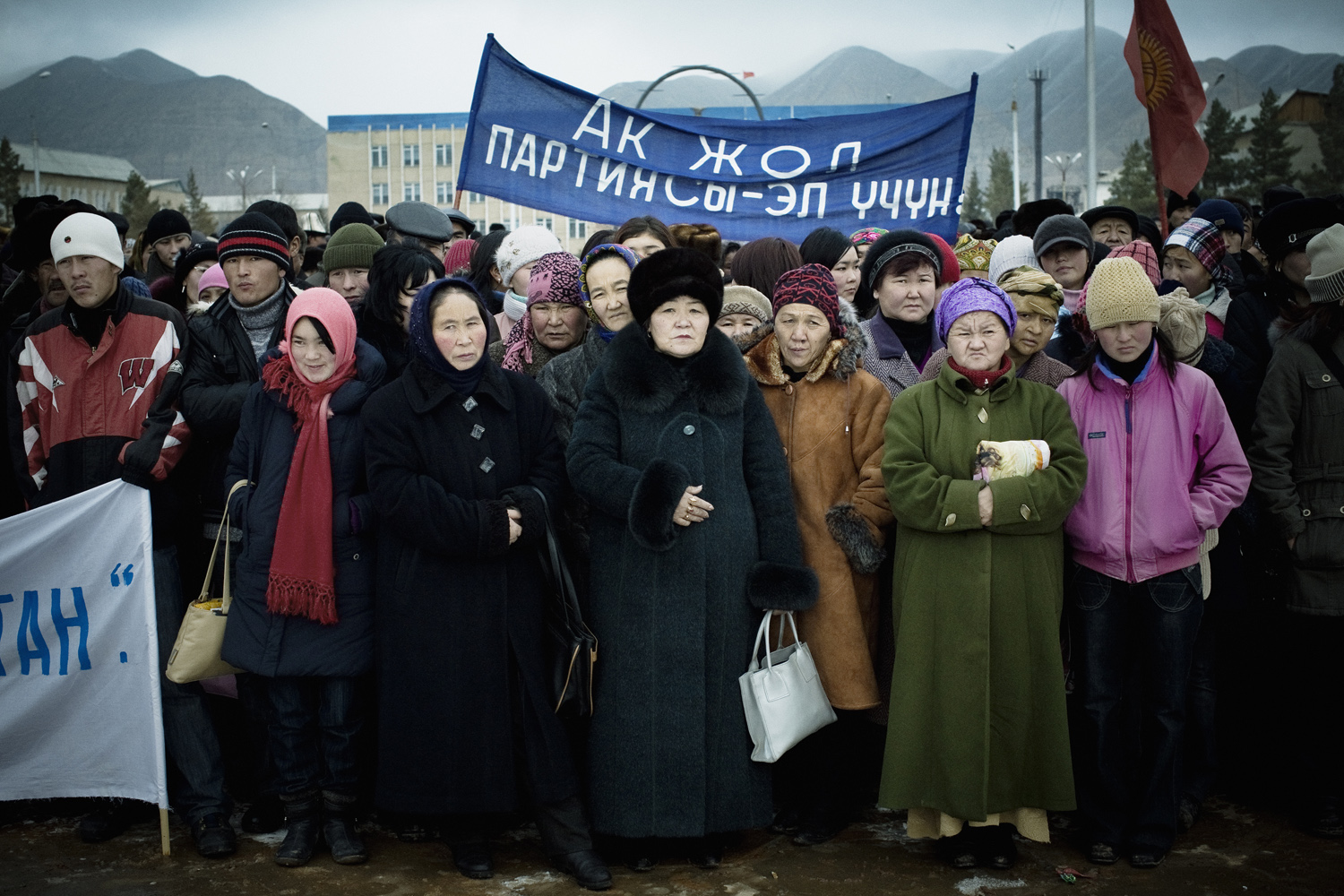
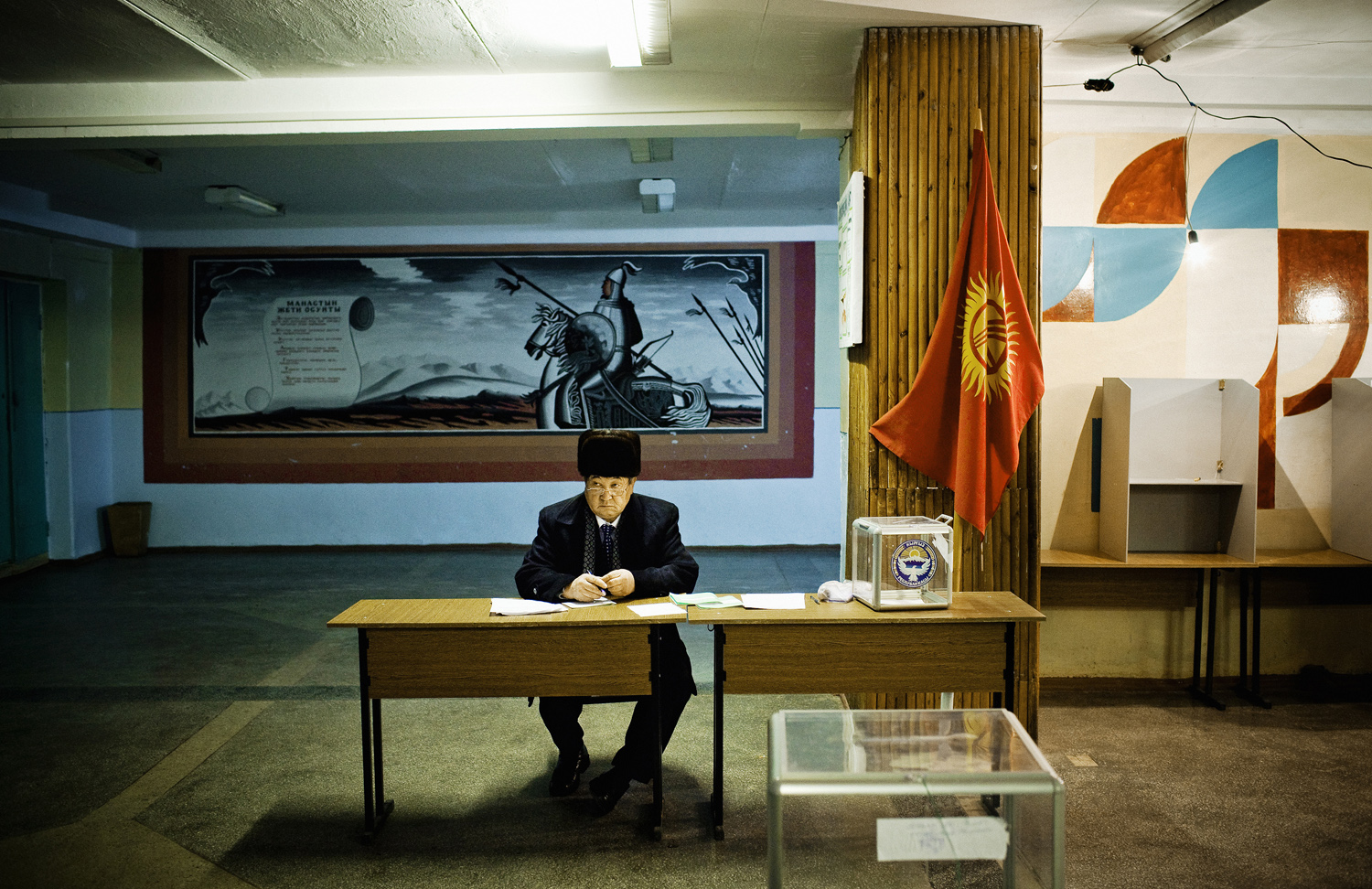
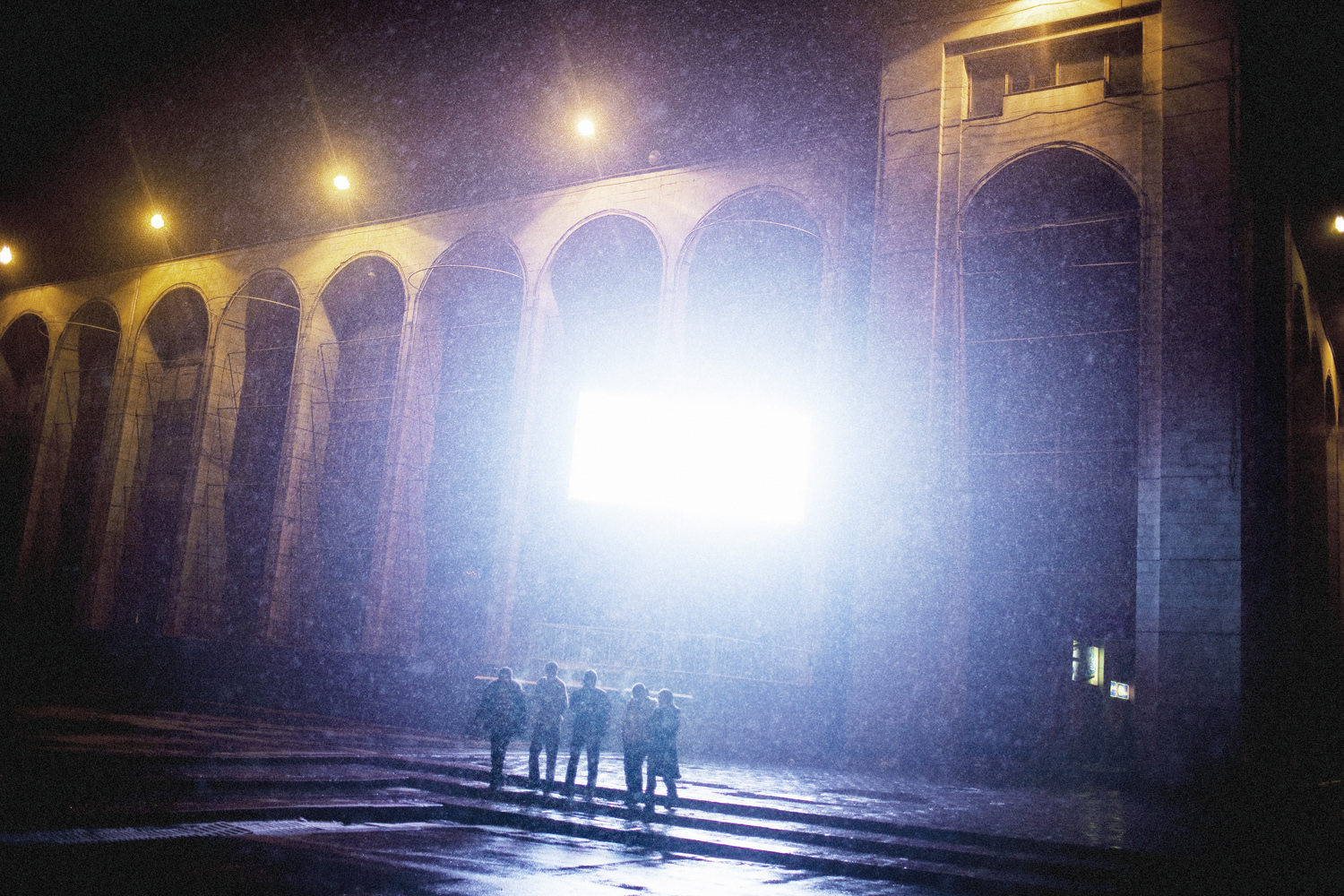

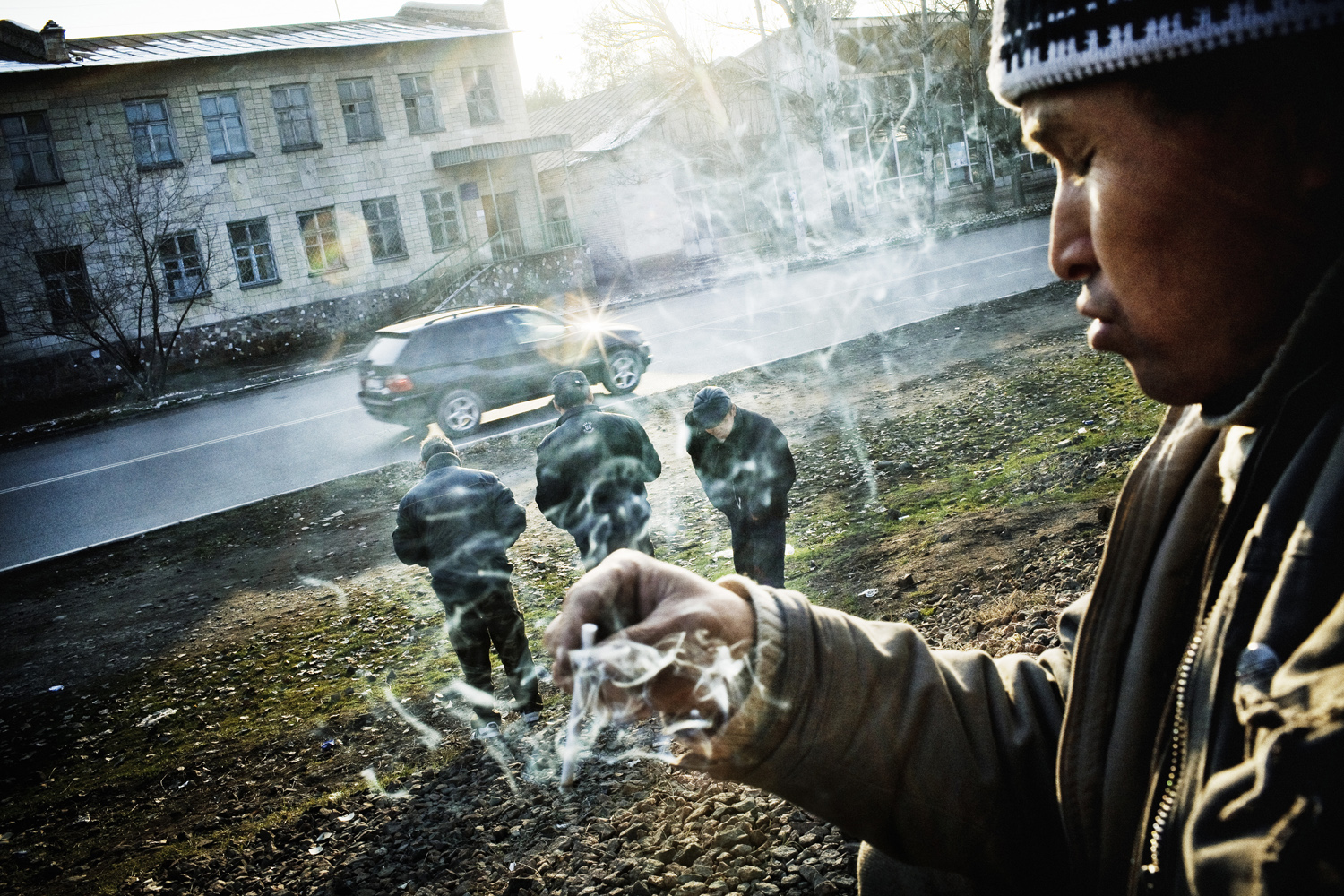
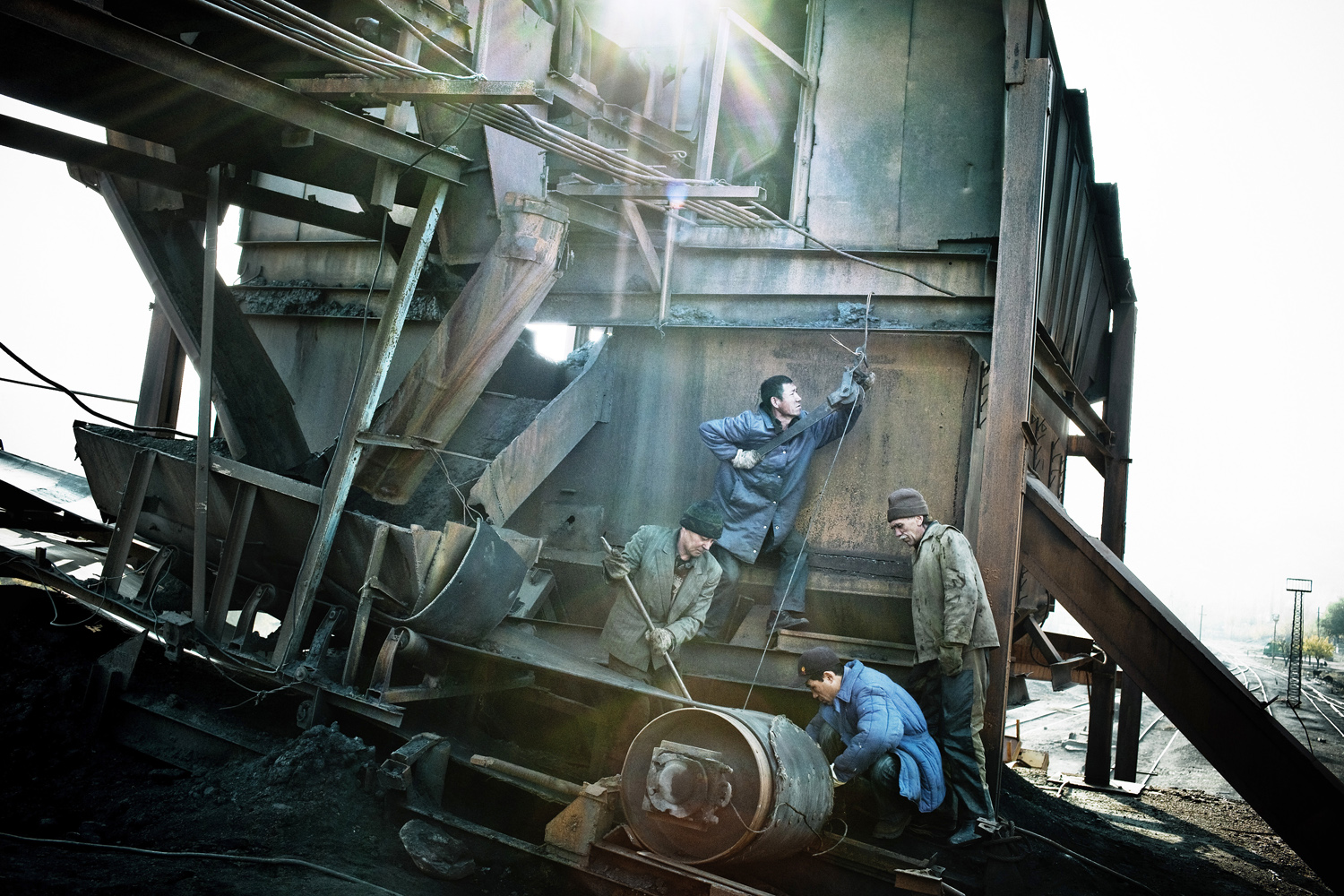
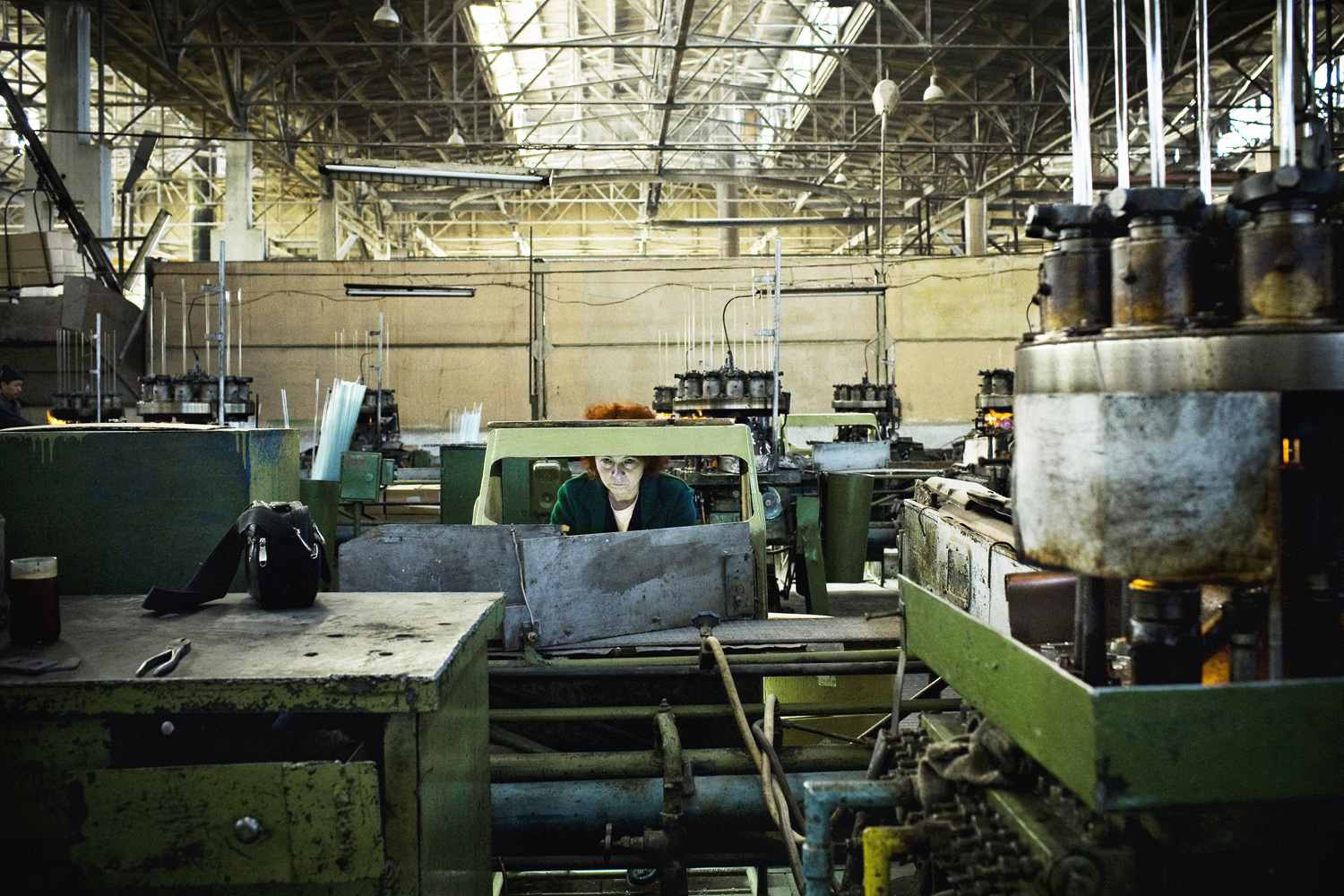
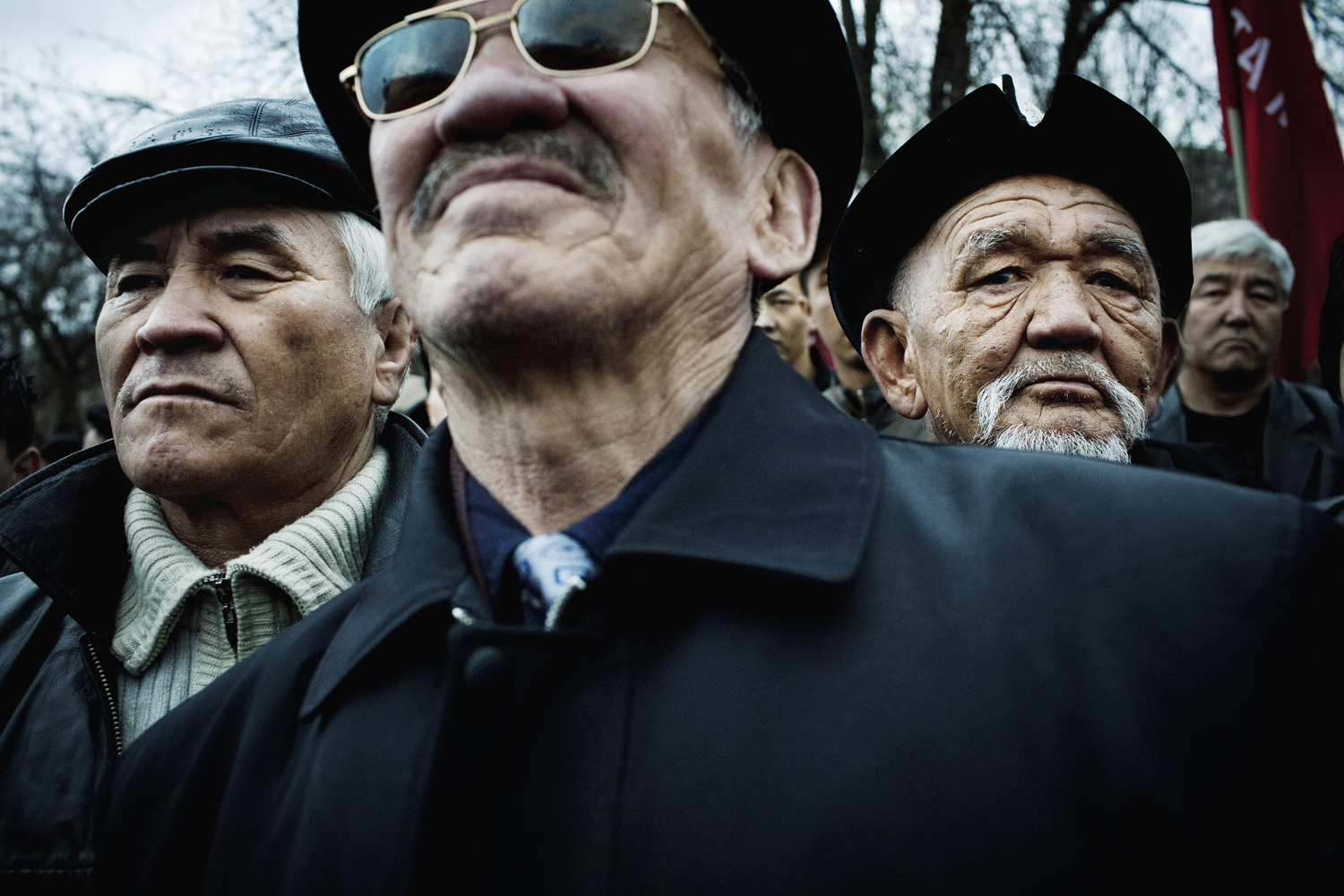

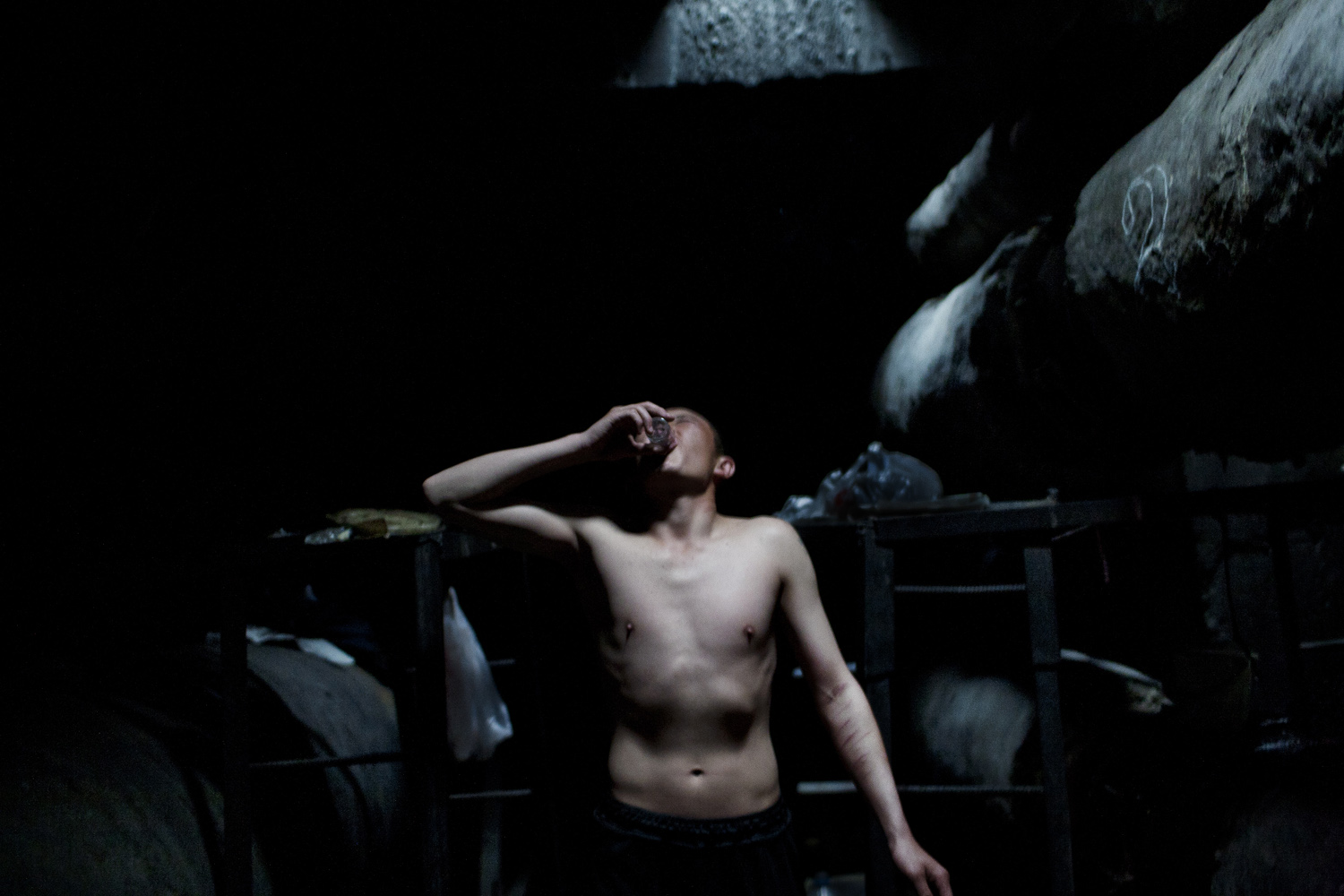
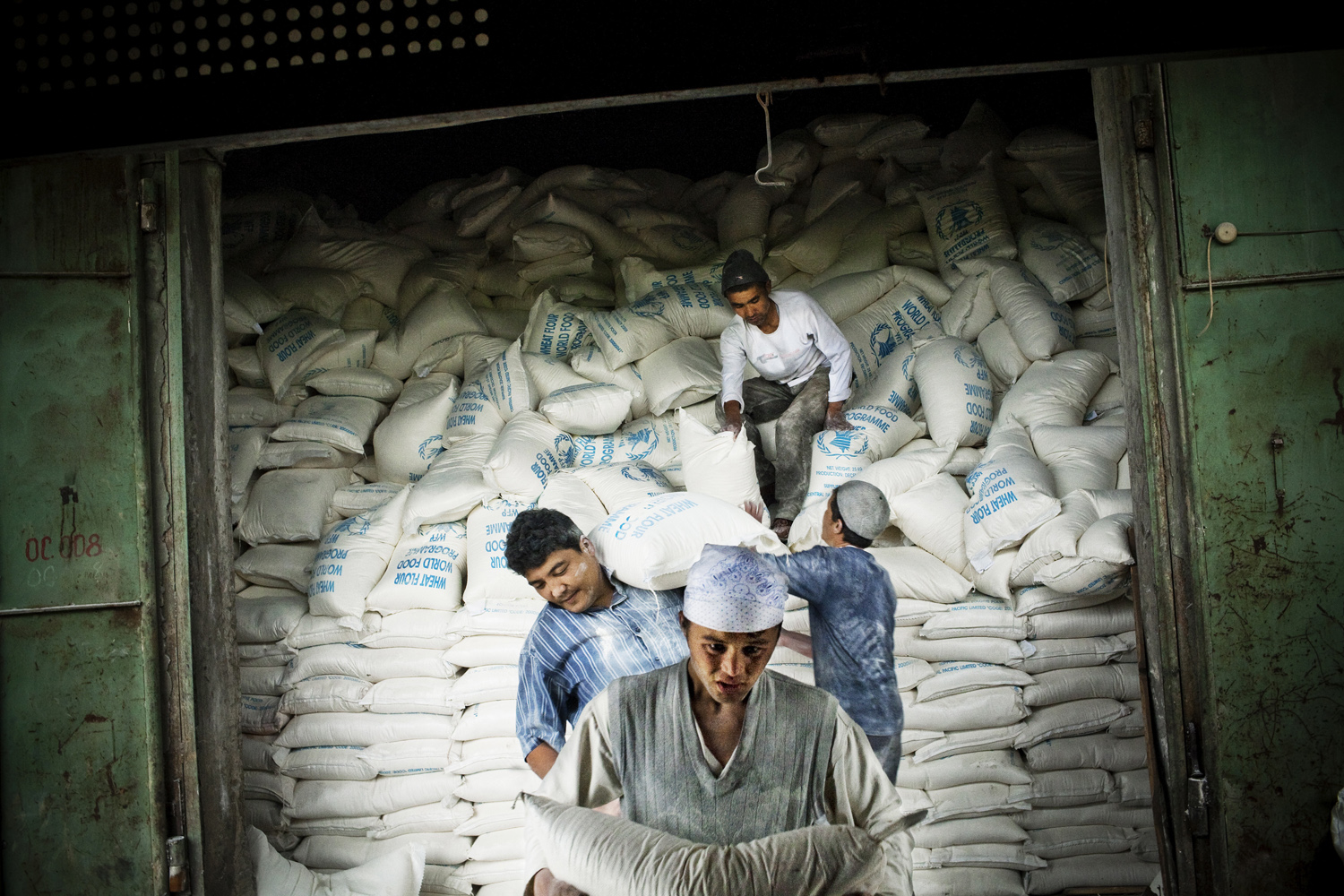
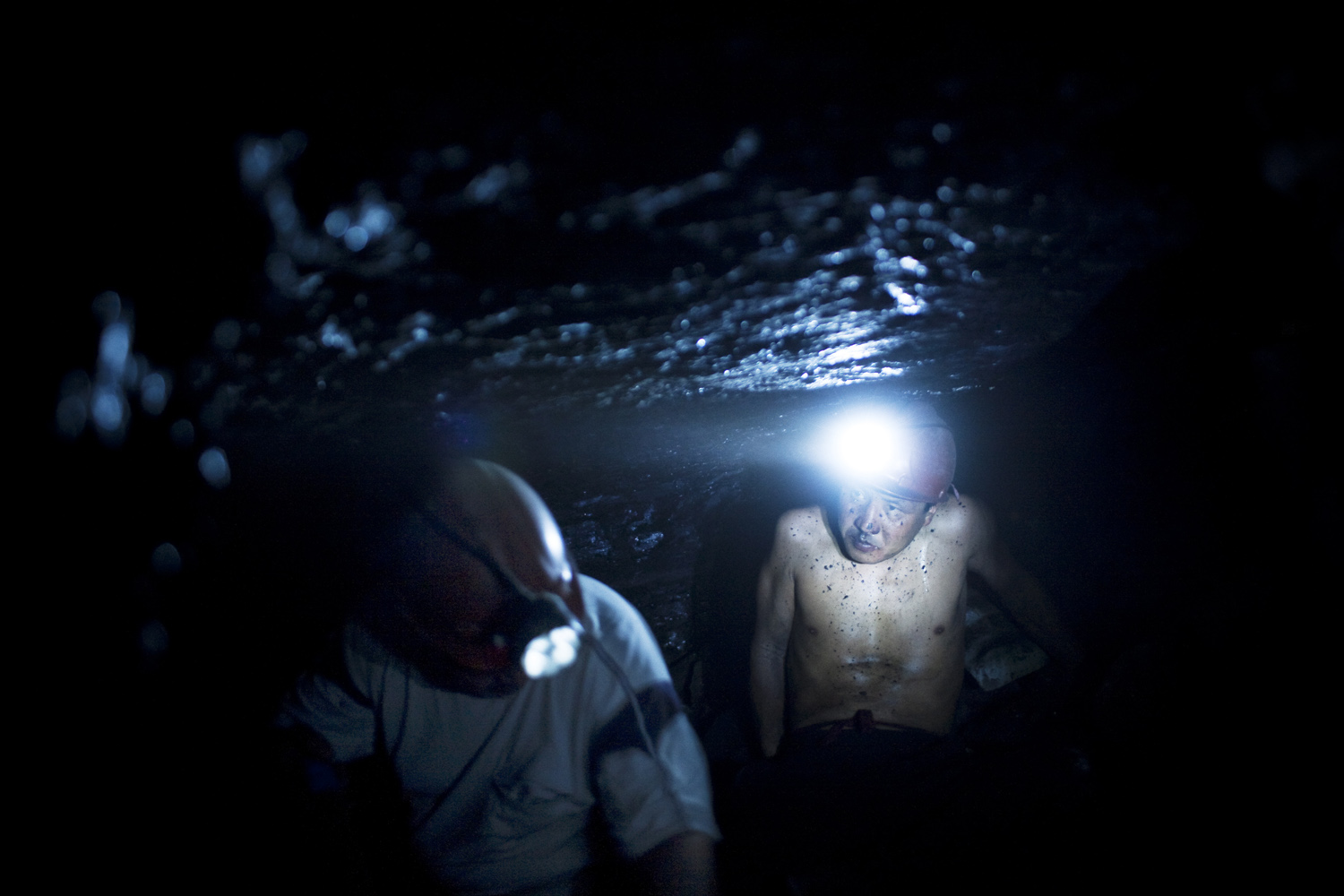
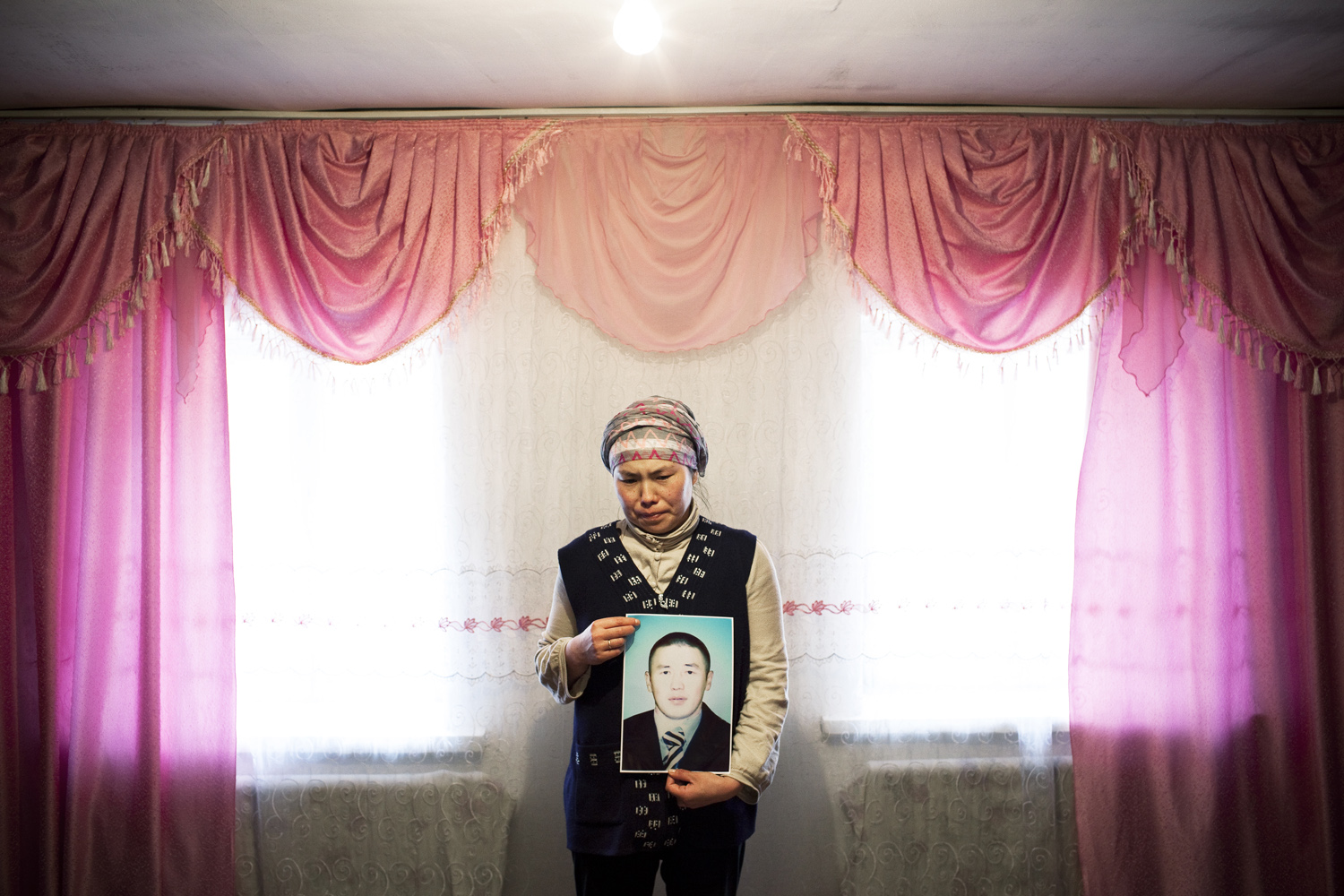
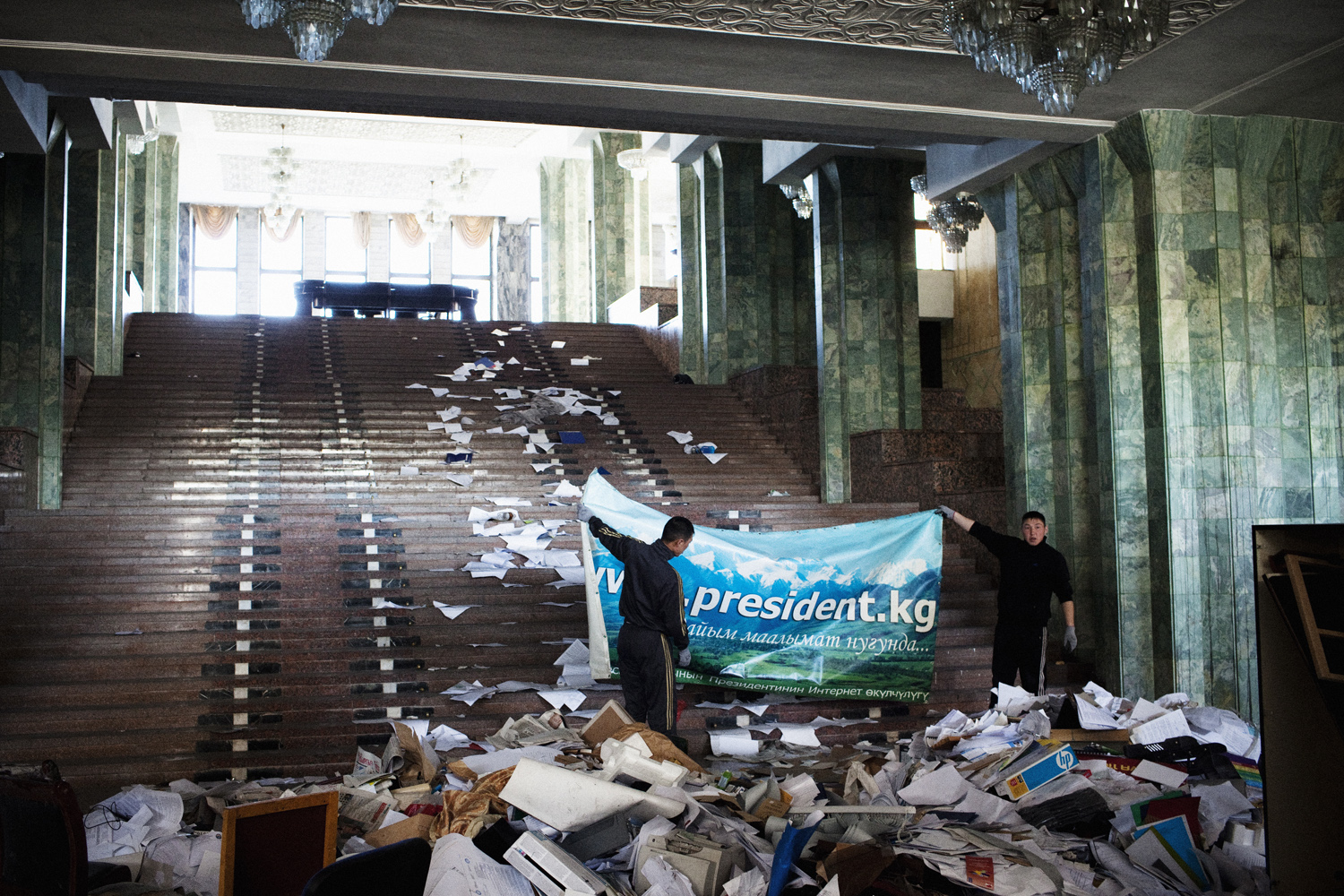

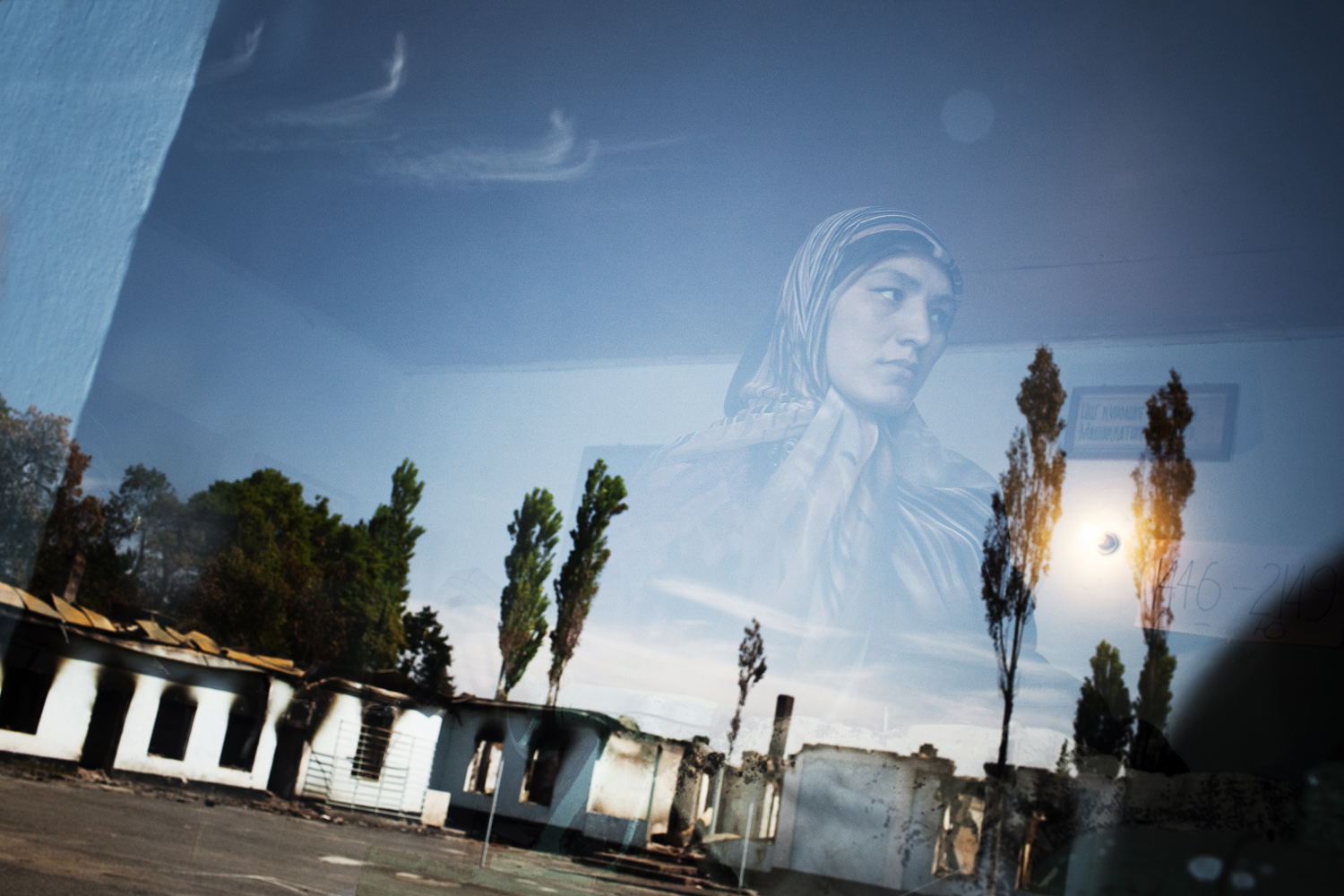
More Must-Reads From TIME
- The 100 Most Influential People of 2024
- Coco Gauff Is Playing for Herself Now
- Scenes From Pro-Palestinian Encampments Across U.S. Universities
- 6 Compliments That Land Every Time
- If You're Dating Right Now , You're Brave: Column
- The AI That Could Heal a Divided Internet
- Fallout Is a Brilliant Model for the Future of Video Game Adaptations
- Want Weekly Recs on What to Watch, Read, and More? Sign Up for Worth Your Time
Contact us at letters@time.com